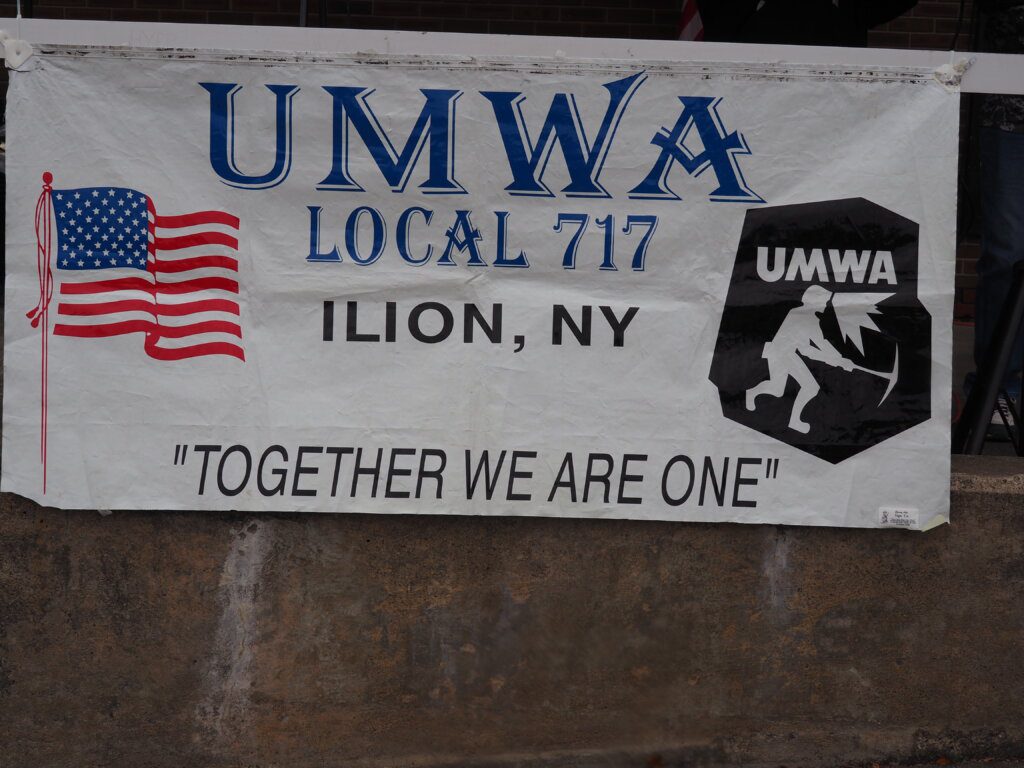
On June 16, 2023, Local Union 717 members at the Rem Arms plant in Ilion, New York, ratified a new contract, bringing an end to their long struggle to preserve jobs and the UMWA after Remington Arms filed for bankruptcy in 2020 and shuttered the Ilion plant.
As a result of the 2020 bankruptcy, the company’s assets were divided in parts and sold to different investors across the country. One of those investors, the Roundhill Group, LLC, successfully bid on the Ilion property and equipment in a shuttered Alabama plant at the UMWA’s urging. The company began hiring workers back to the plant in early 2021, when it signed a bridge agreement with the UMWA that provided basic protections for the workforce while a new agreement was negotiated.
“When Remington Arms filed for bankruptcy in 2020, it looked as if the Ilion plant would close for good,” said President Roberts. “The bankruptcy put tremendous pressure on our members of Local Union 717, their families and their communities, but we never quit fighting for those jobs.”
“We were successful in encouraging a new buyer that would keep the plant open and secure the jobs and livelihoods of our members. The struggle then was to hash out a collective bargaining agreement with the new owner, which we have now accomplished after more than two years,” Roberts said.
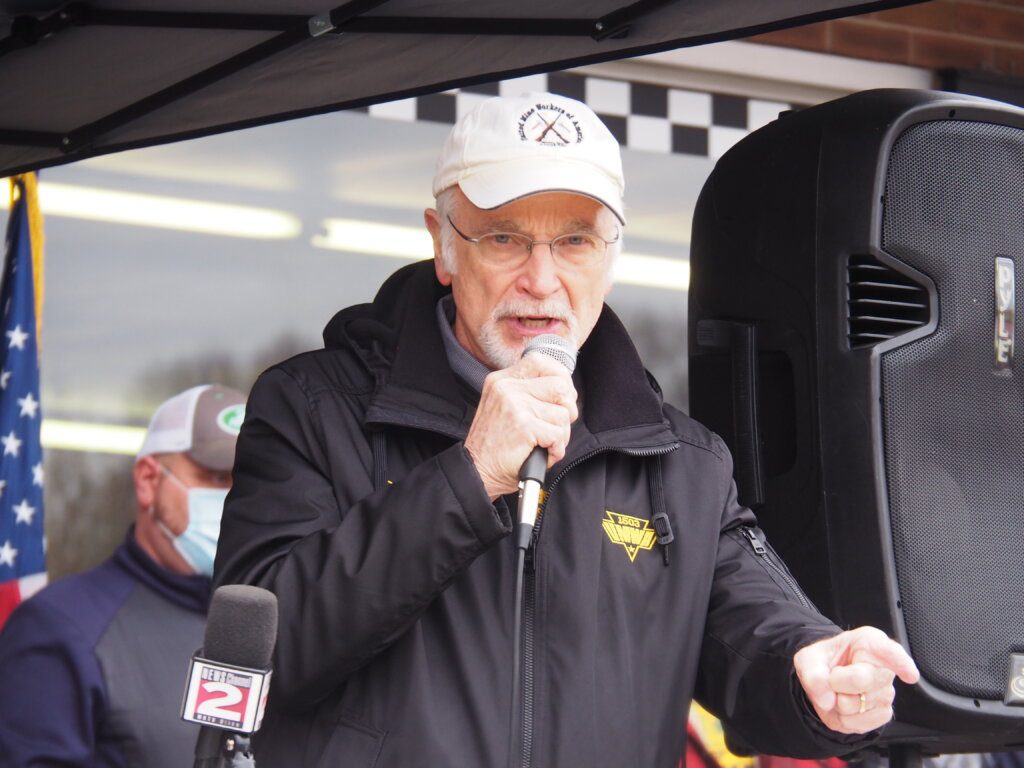
The mounting pressure on our members at the plant in Ilion began back in 2020 when 585 UMWA workers received a letter in the mail advising them they would be terminated. “Our membership was in shock, devastated, full of fear of the unknown,” said International District 2 Vice President Chuck Knisell.
“Imagine working for a company for 20, 30 years and without any notice at all having to figure out how to support your family. It is without a doubt the worst feeling in the world. Over the last couple of long years, our membership has stuck together and rallied, prayed and hoped for a new contract. Because of our membership of Local 717 and their solidarity, that’s what happened,” Knisell said.
From the time Remington first filed for bankruptcy, UMWA members in Ilion found themselves gaining support from local businesses, churches and politicians. Members of Local 717 were able to provide food on the tables for their families and provide for their children through the holiday seasons due to donations from various food banks, charities and other community members who supported them.
“There is strength in numbers and when you have a community that is willing to dive in and help from the very beginning, that is just a tremendous thing to do,” said President Roberts.
“Our members in Ilion have been through a lot since 2018, but they never gave up, they never gave in and they never wavered from their determination to fight for their jobs and their union. They were the driving force to reaching a collective bargaining agreement. I thank them and the members of their community who showed support during a very troublesome couple of years,” Roberts said.
Timeline of Major Events
- March, 2018, Remington Arms files for bankruptcy, emerges relatively the same.
- July, 2020, Remington Arms files for bankruptcy a second time; company announces it is shutting down Ilion plant.
- October, 2020, Remington Arms lays off 545 hourly workers.
- November-December, 2020, Local 717 leads weekly rallies outside of the plant.
- UMWA files several motions in bankruptcy court to get some level of compensation for workers, ultimately wins compensation for some vacation pay.
- March, 2021, UMWA reaches bridge agreement with RemArms, LLC, to reopen the plant.
- April, 2021, plant reopens, begins recalling UMWA members.
- August, 2022, the recall members list was exhausted. RemArms began hiring new workers off the street.
- September, 2022, UMWA members rally in Ilion, New York.
- 2021-2023, negotiations ongoing between UMWA and Remington Arms.
- June, 2023, tentative agreement is reached, contract ratified by Local Union 717 members.
Remington Arms has employed thousands of American workers and created economic prosperity in central New York for almost 200 years. The UMWA is proud to represent those workers and the communities where they live. —Cecil E. Roberts —
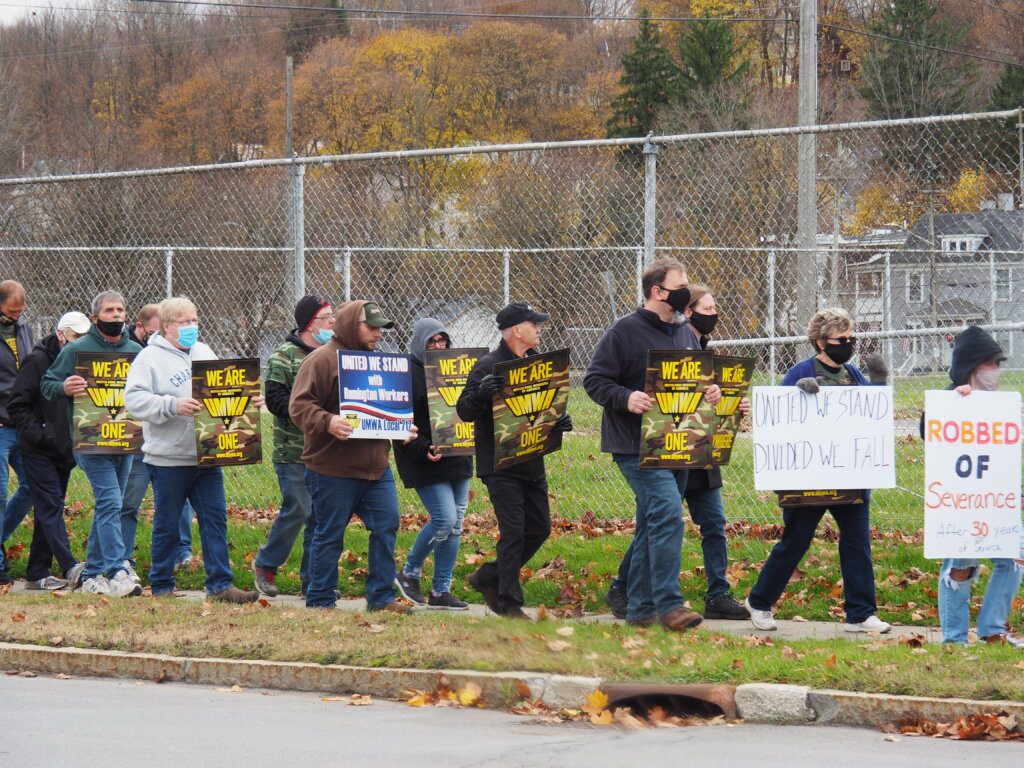
Solidarity was key to victory
The mounting pressure on our members at the plant in Ilion began back in 2020 when 585 UMWA workers received a letter in the mail advising them they would be terminated. “Our membership was in shock, devastated, full of fear of the unknown,” said International District 2 Vice President Chuck Knisell.
“Imagine working for a company for 20, 30 years and without any notice at all having to figure out how to support your family. It is without a doubt the worst feeling in the world. Over the last couple of long years, our membership has stuck together and rallied, prayed and hoped for a new contract. Because of our membership of Local 717 and their solidarity, that’s what happened,” Knisell said.
From the time Remington first filed for bankruptcy, UMWA members in Ilion found themselves gaining support from local businesses, churches and politicians. Members of Local 717 were able to provide food on the tables for their families and provide for their children through the holiday seasons due to donations from various food banks, charities and other community members who supported them.
“There is strength in numbers and when you have a community that is willing to dive in and help from the very beginning, that is just a tremendous thing to do,” said President Roberts.
“Our members in Ilion have been through a lot since 2018, but they never gave up, they never gave in and they never wavered from their determination to fight for their jobs and their union. They were the driving force to reaching a collective bargaining agreement. I thank them and the members of their community who showed support during a very troublesome couple of years,” Roberts said.
Rem Arms is Ilion. Ilion is Rem Arms
“We worked tirelessly since 2020 trying to convince the company to do the right thing, which was simply to hold up its end of the bargain it made with our members,” said District 2 Representative Jamie Rudwall.
The newly ratified collective bargaining agreement expires June 15, 2026. “We have represented workers at the Ilion plant since 1995,” said Secretary-Treasurer Sanson. “We have close to 300 members back to work at the plant now. We are extremely proud of their perseverance over the last couple of years. It was a long process, but our members can finally have a little bit of peace of mind knowing that their jobs are secured. At the end of the day, solidarity prevailed,” Sanson said.
“We have been at the negotiating table with Roundhill Group for nearly two years fighting for a collective bargaining agreement. Because of the continued efforts of strength and solidarity from the workers, the new agreement would not have been possible. —Brian Sanson—

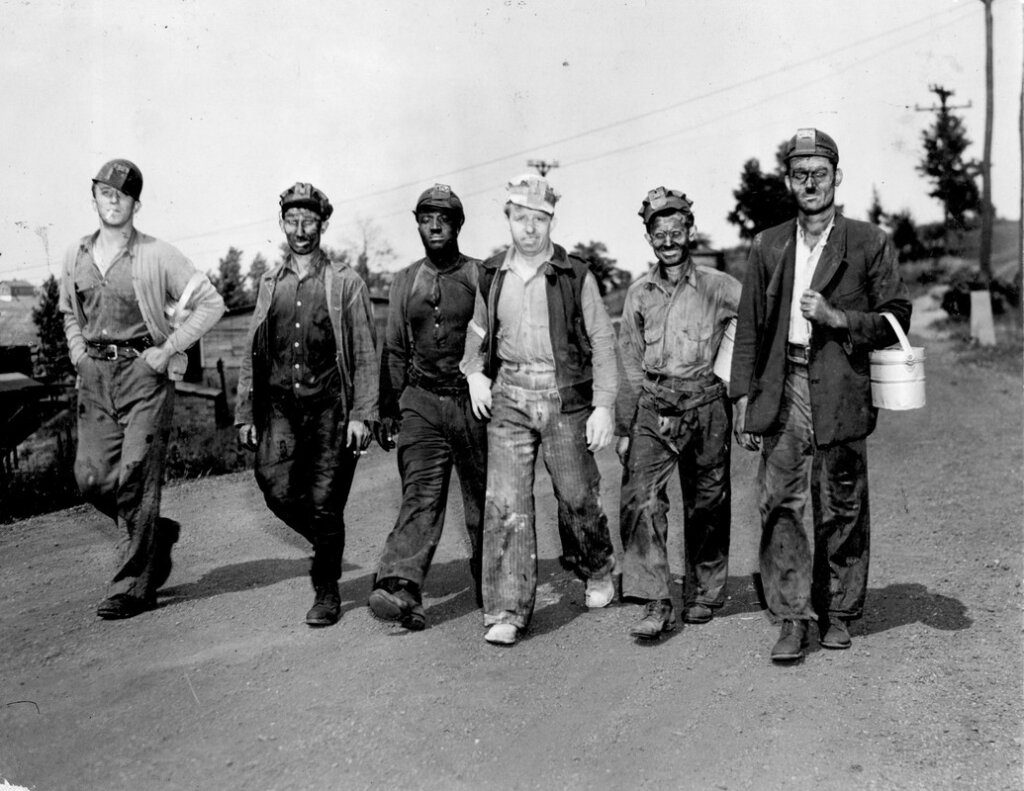
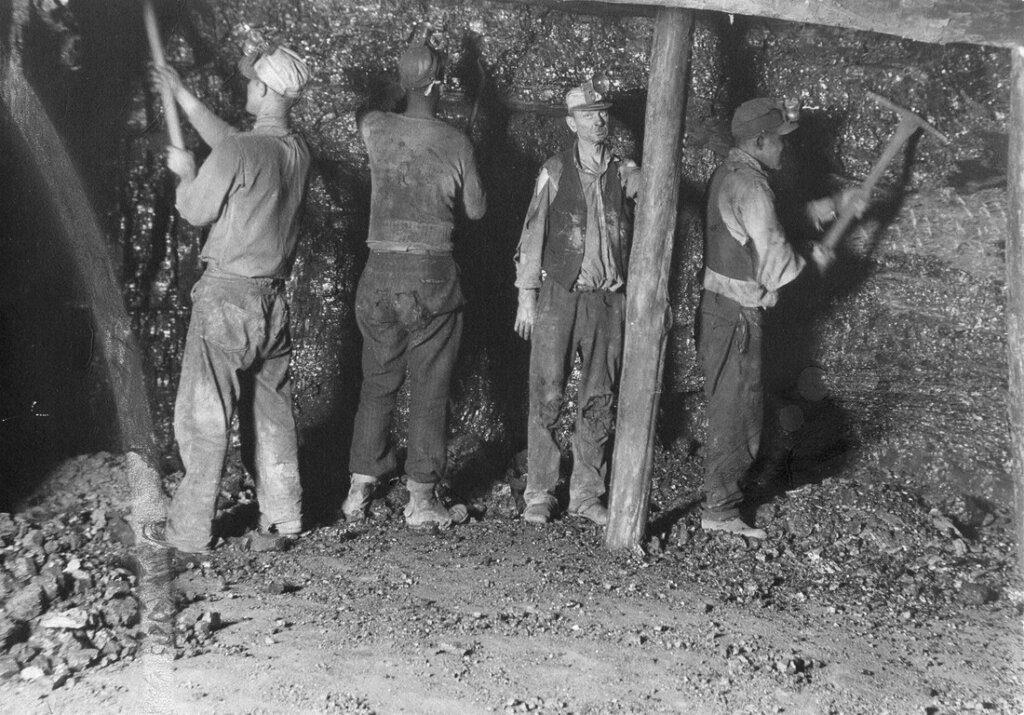
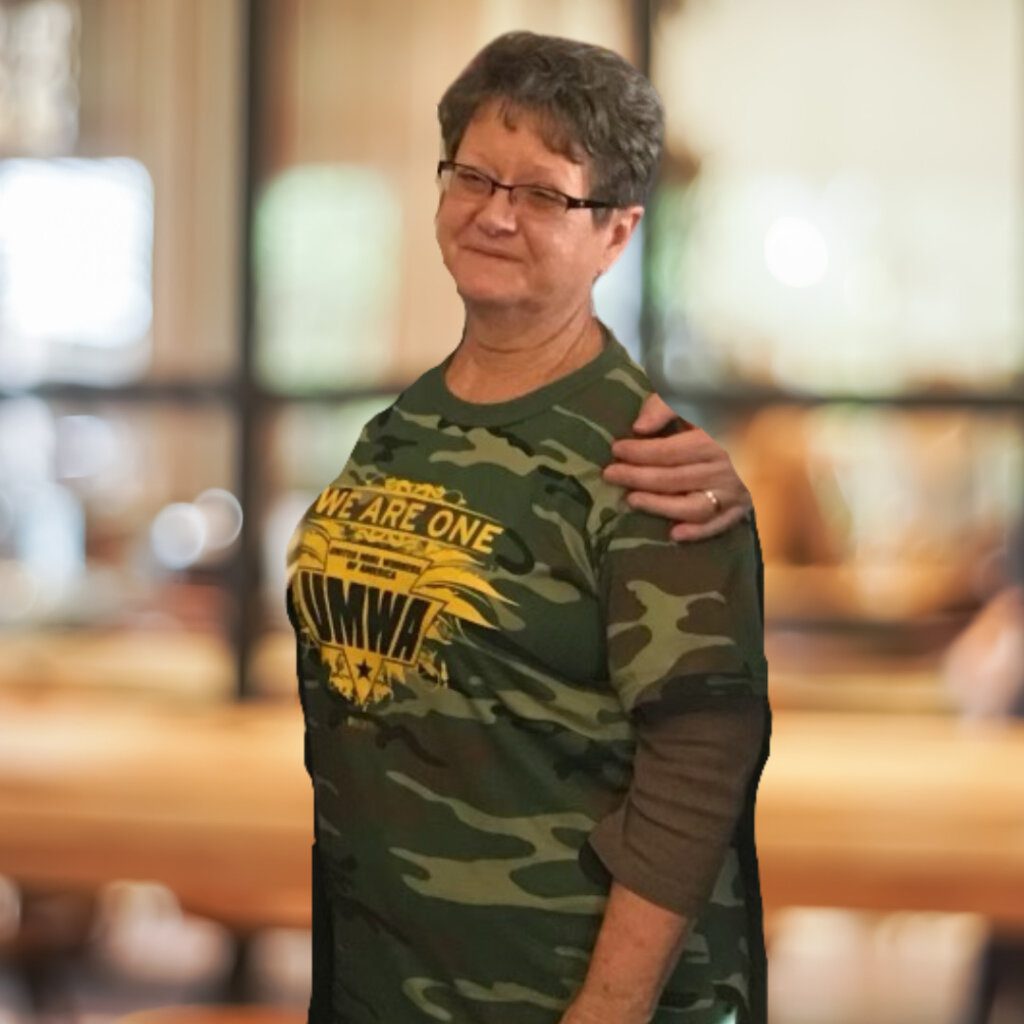




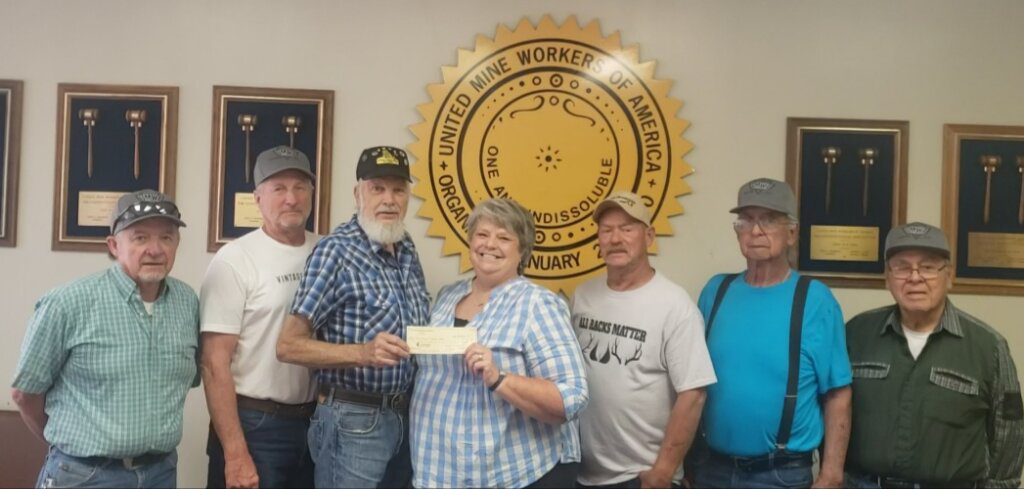
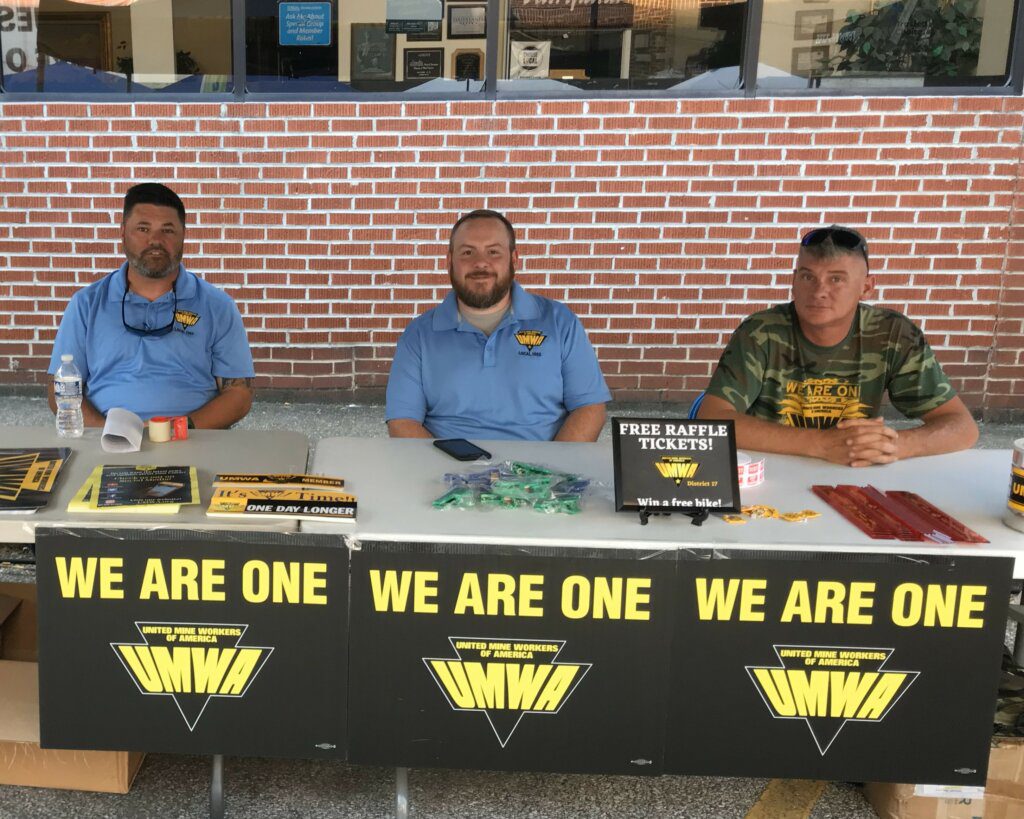
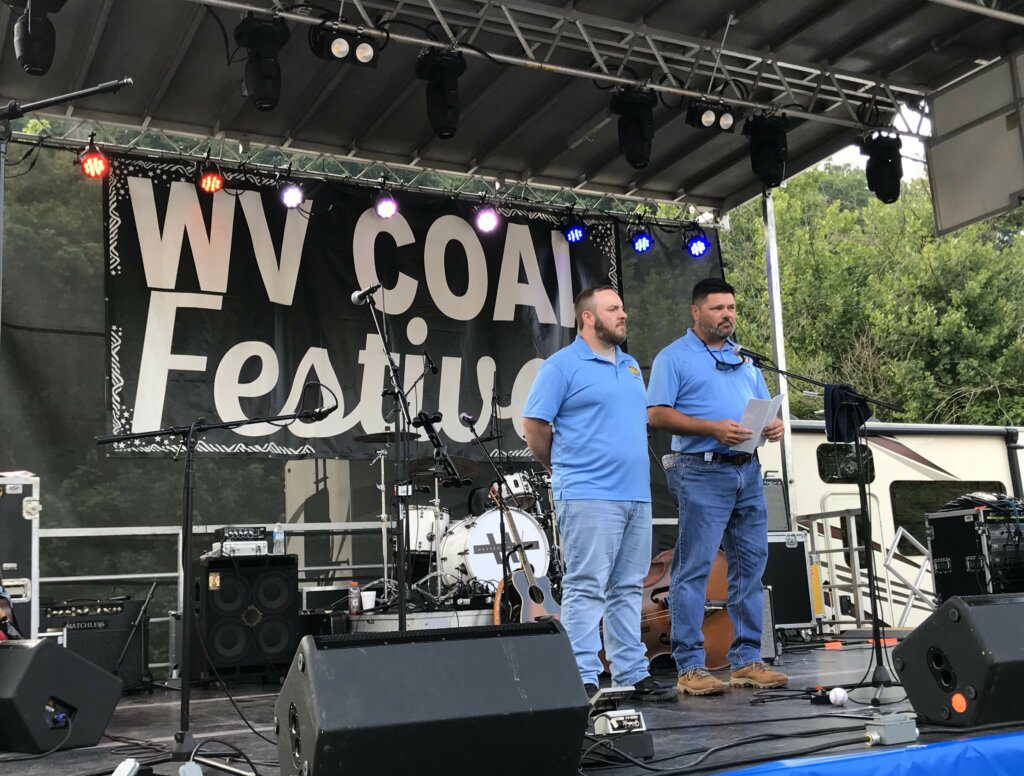
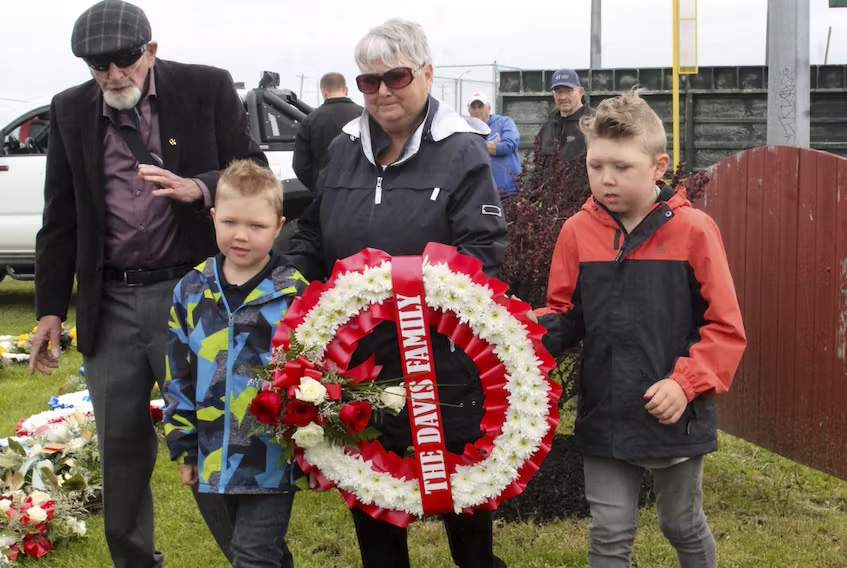 Evelyn McLeod, granddaughter of Bill Davis, a New Waterford miner shot down by police firing at protesters in 1925, lays a wreath with her grand nephews Parker, 5, second left, and Lucas, 7, right, at the Davis Day ceremony in Sydney Mines Sunday. At left is Hughie MacArthur, a retired United Mine Workers of America representative and mine safety co-ordinator. BARB SWEET/CAPE BRETON POST
Evelyn McLeod, granddaughter of Bill Davis, a New Waterford miner shot down by police firing at protesters in 1925, lays a wreath with her grand nephews Parker, 5, second left, and Lucas, 7, right, at the Davis Day ceremony in Sydney Mines Sunday. At left is Hughie MacArthur, a retired United Mine Workers of America representative and mine safety co-ordinator. BARB SWEET/CAPE BRETON POST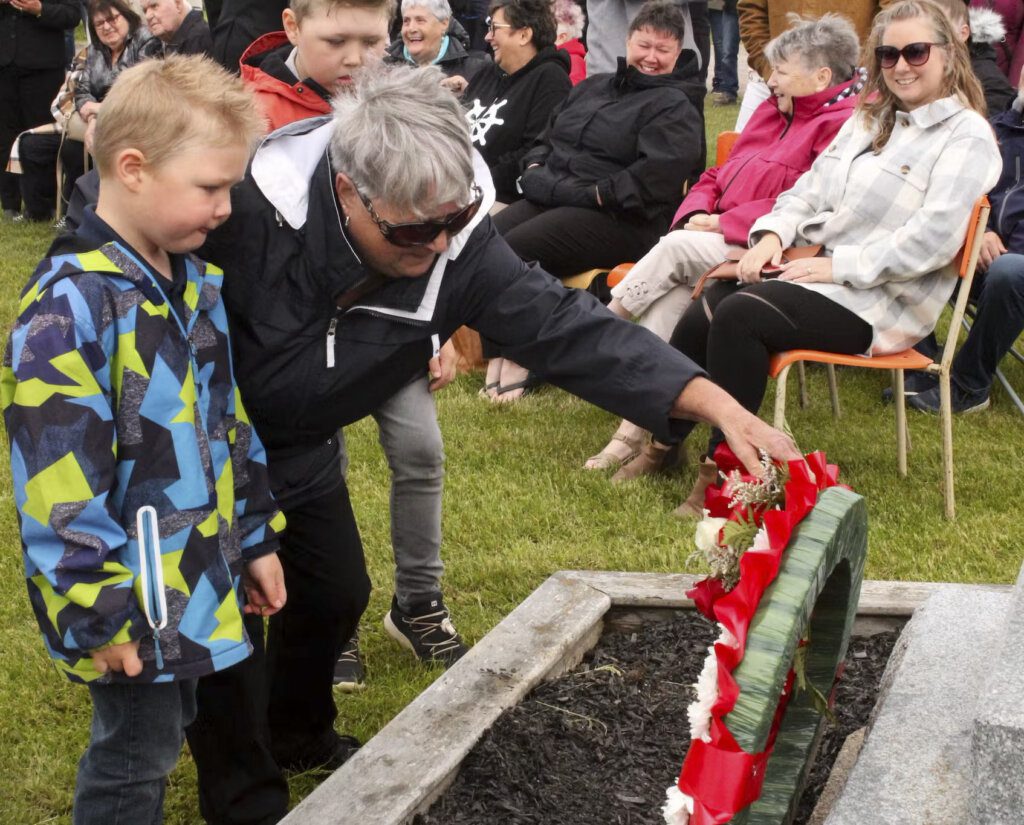 Evelyn McLeod, granddaughter of Bill Davis, a miner shot down by police firing at protesters in 1925, lays a wreath with her grand nephews Parker, 5, left, and Lucas, 7, at the Davis Day ceremony in Sydney Mines Sunday. BARB SWEET/CAPE BRETON POST
Evelyn McLeod, granddaughter of Bill Davis, a miner shot down by police firing at protesters in 1925, lays a wreath with her grand nephews Parker, 5, left, and Lucas, 7, at the Davis Day ceremony in Sydney Mines Sunday. BARB SWEET/CAPE BRETON POST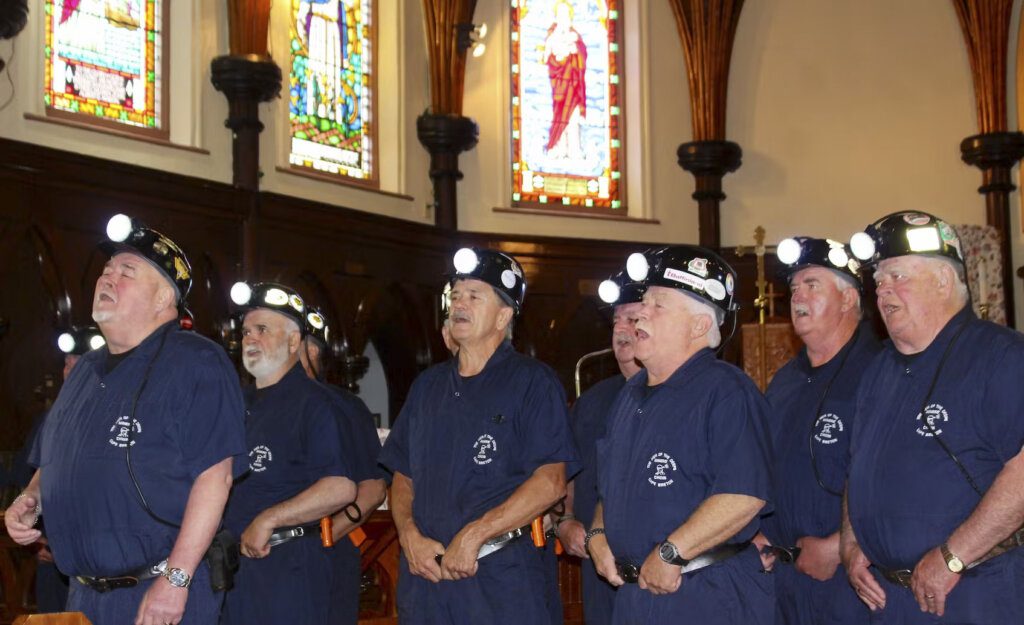 The Men of the Deeps perform at the Davis Day church service at Trinity Anglican Church in Sydney Mines Sunday. BARB SWEET/CAPE BRETON POST
The Men of the Deeps perform at the Davis Day church service at Trinity Anglican Church in Sydney Mines Sunday. BARB SWEET/CAPE BRETON POST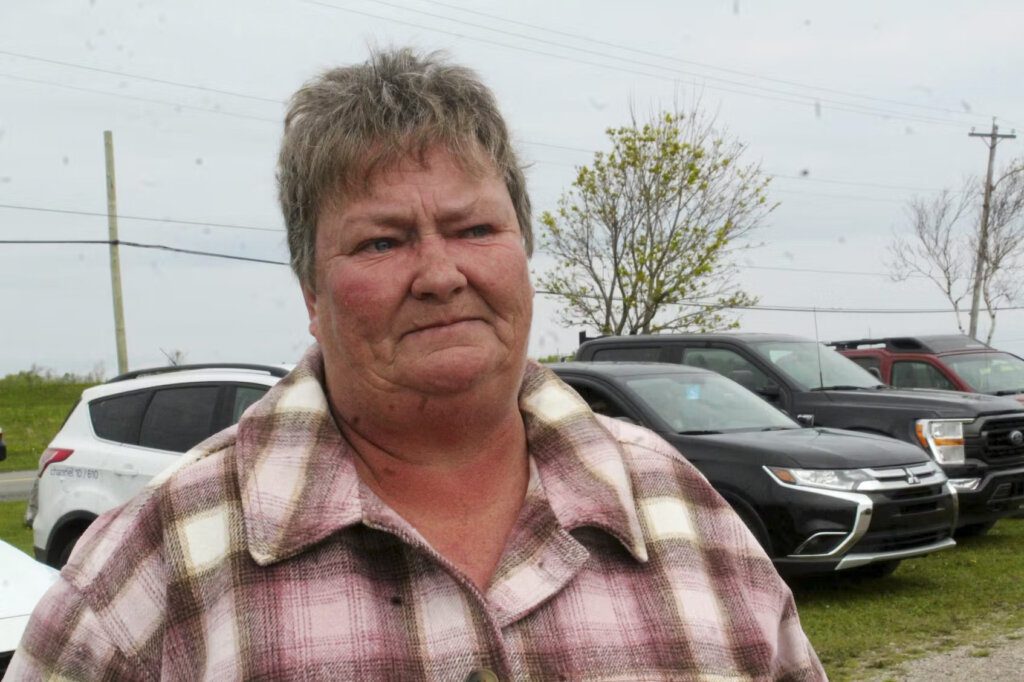 It was an emotional day for Lorraine Head Sunday at the Davis Day church service and ceremony in Sydney MInes. The event honours her grandfather, Bill Davis, who was shot and killed in a protest in 1925. It also honours miners and all touched by coal mining tragedy. BARB SWEET/CAPE BRETON POST
It was an emotional day for Lorraine Head Sunday at the Davis Day church service and ceremony in Sydney MInes. The event honours her grandfather, Bill Davis, who was shot and killed in a protest in 1925. It also honours miners and all touched by coal mining tragedy. BARB SWEET/CAPE BRETON POST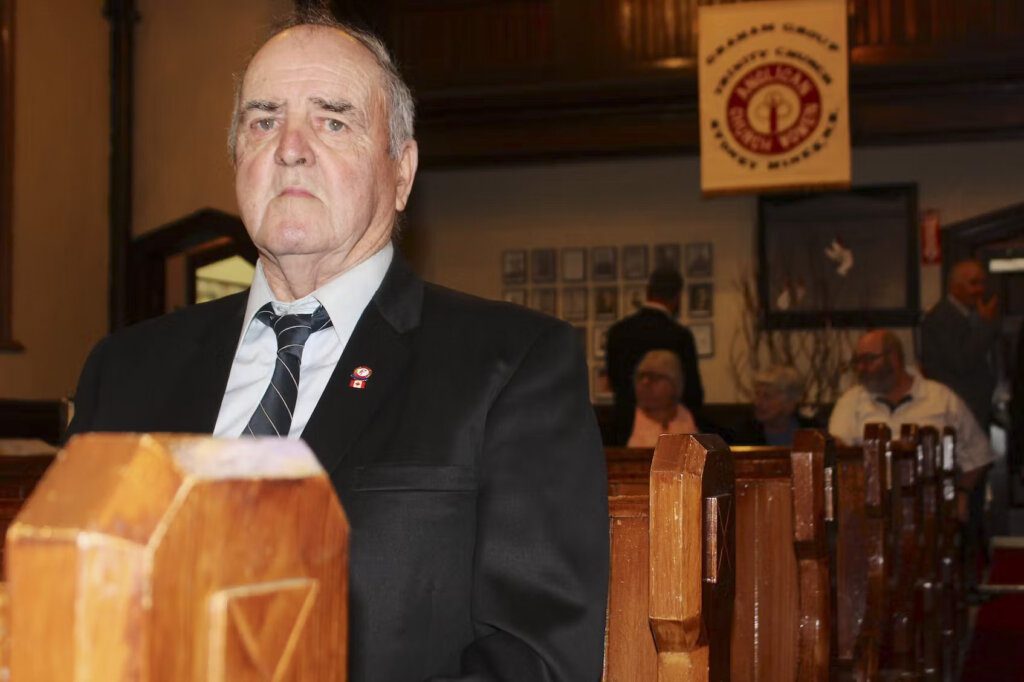 Jimmy Dan White of Glace Bay sits in the Trinity Anglican Church in Sydney Mines Sunday for Davis Day events. He was tasked with covering the windows of his mine carpentry shop with black tar paper as he said it was used to bring bodies during the 1979 Glace Bay Mine disaster. BARB SWEET/CAPE BRETON POST
Jimmy Dan White of Glace Bay sits in the Trinity Anglican Church in Sydney Mines Sunday for Davis Day events. He was tasked with covering the windows of his mine carpentry shop with black tar paper as he said it was used to bring bodies during the 1979 Glace Bay Mine disaster. BARB SWEET/CAPE BRETON POST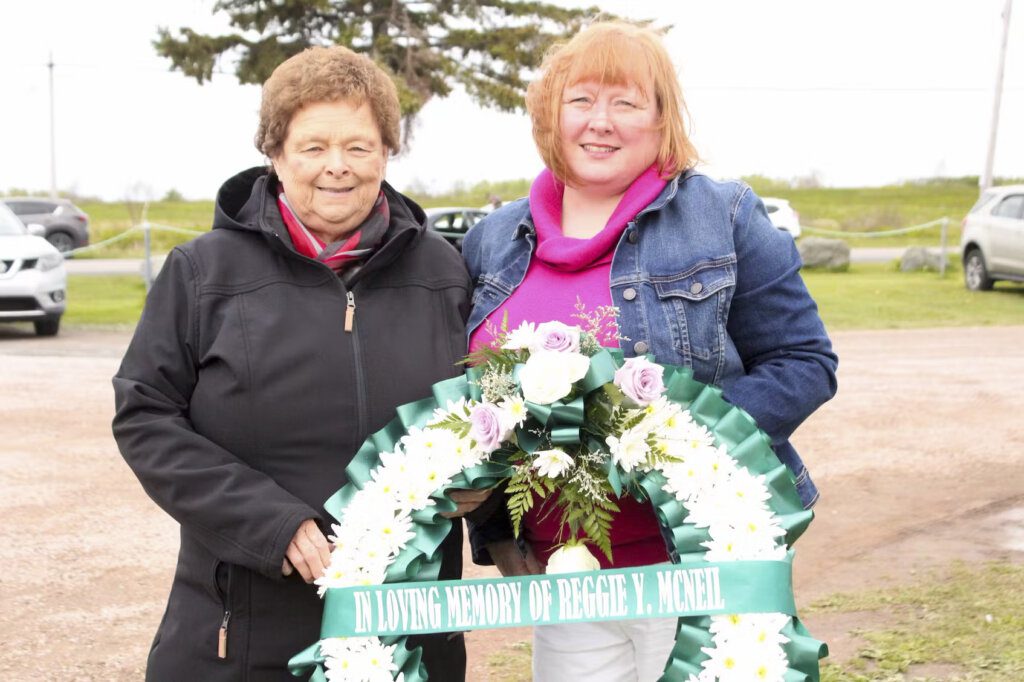 Sunday as the Davis Day ceremony in Sydney Mines, mining disaster widow Loie McNeil, left, of Glace Bay and her daughter, Michelle laid a wreath for miner Reggie Y. McNeil, who was killed in the 1979 Glace Bay mine explosion. BARB SWEET/CAPE BRETON POST
Sunday as the Davis Day ceremony in Sydney Mines, mining disaster widow Loie McNeil, left, of Glace Bay and her daughter, Michelle laid a wreath for miner Reggie Y. McNeil, who was killed in the 1979 Glace Bay mine explosion. BARB SWEET/CAPE BRETON POST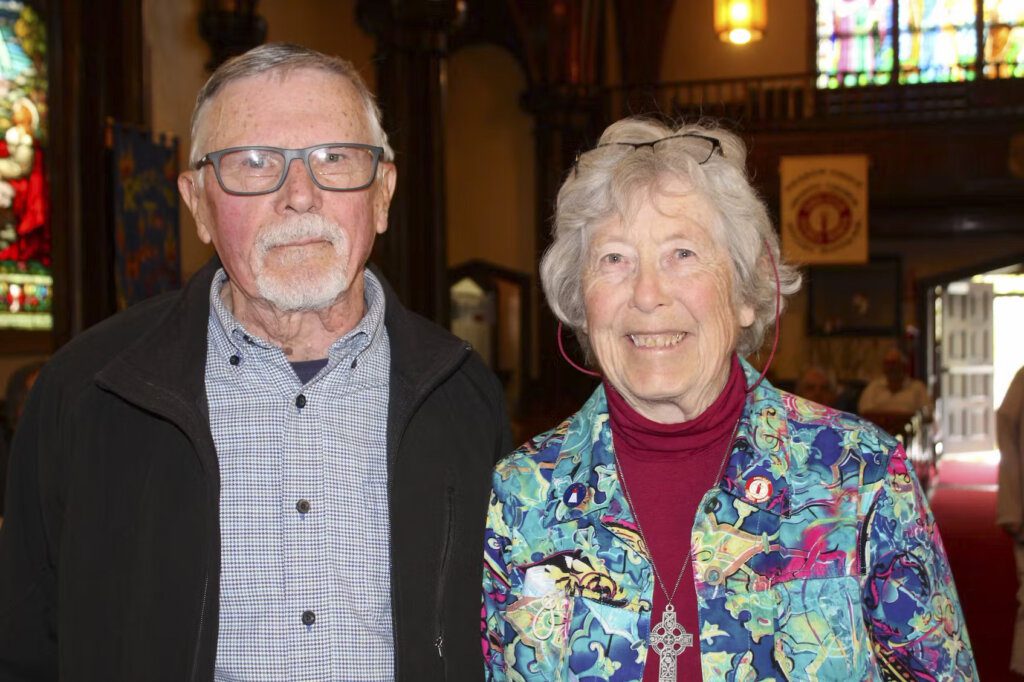 John and Joanne Turner attend the Davis Day church service at Trinity Anglican Church in Sydney Mines Sunday. BARB SWEET/CAPE BRETON POST
John and Joanne Turner attend the Davis Day church service at Trinity Anglican Church in Sydney Mines Sunday. BARB SWEET/CAPE BRETON POST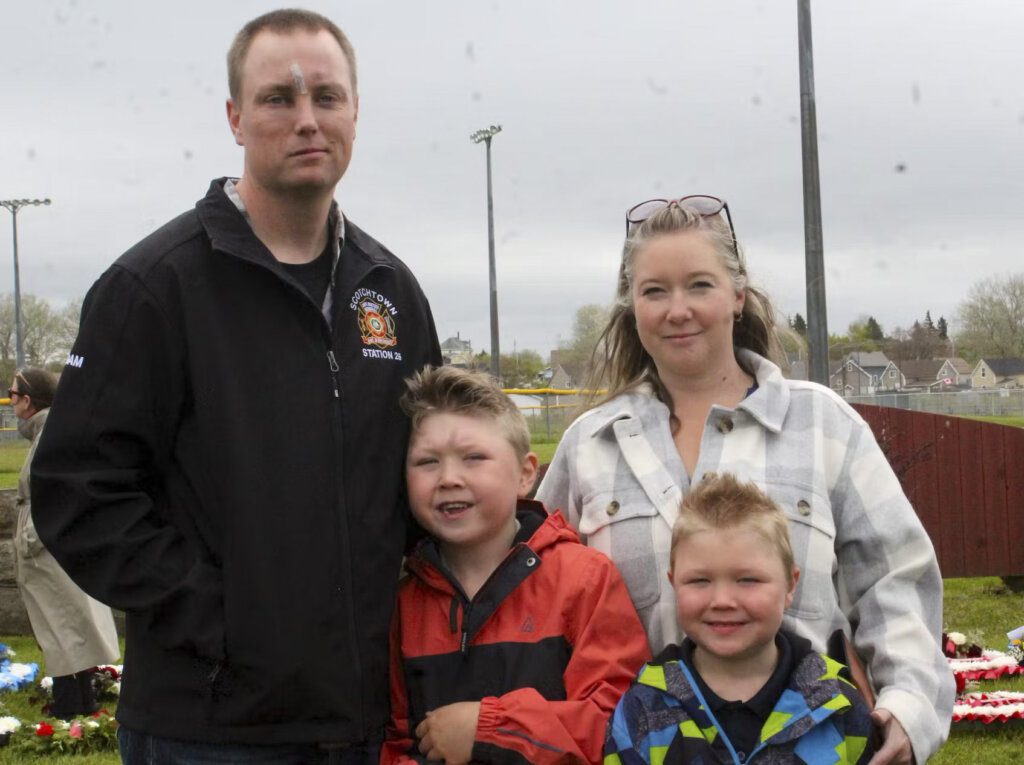 Adam Woods of Scotchtown is the great-great grandson of New Waterford miner Bill Davis, who was shot and killed by police during a protest in 1925. He and his wife Chantal and their sons Lucas, 7, second left, and Parker, 5, attended the Davis Day memorial church service and ceremony Sunday in Sydney Mines. BARB SWEET/CAPE BRETON POST
Adam Woods of Scotchtown is the great-great grandson of New Waterford miner Bill Davis, who was shot and killed by police during a protest in 1925. He and his wife Chantal and their sons Lucas, 7, second left, and Parker, 5, attended the Davis Day memorial church service and ceremony Sunday in Sydney Mines. BARB SWEET/CAPE BRETON POST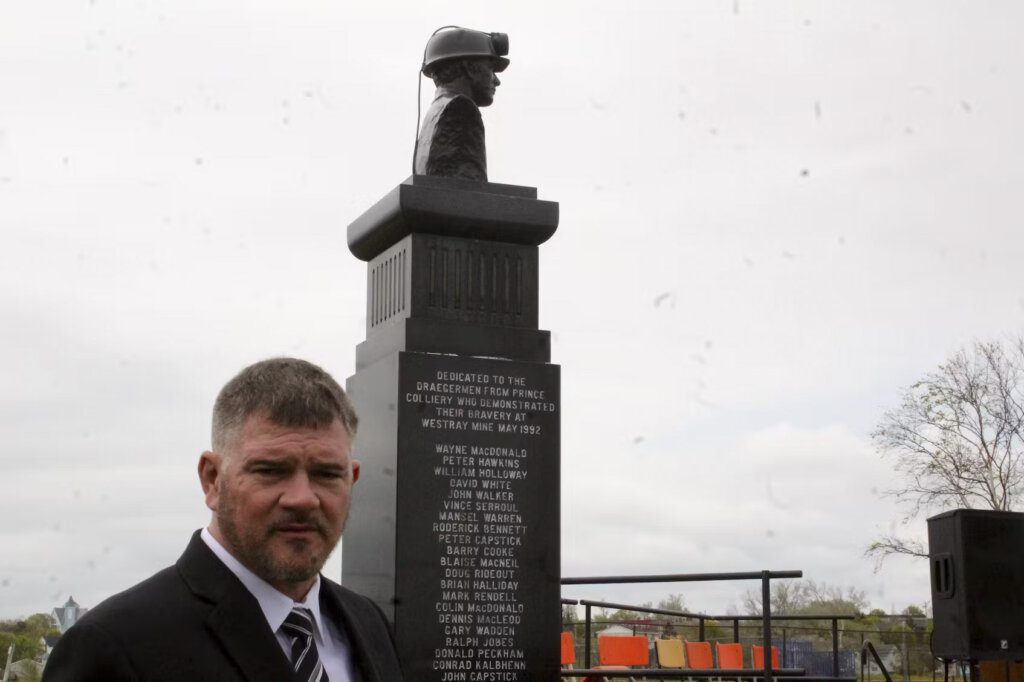 Brian Sanson, international secretary treasurer of the United Mine Workers of America and based in Washington, D.C., was the guest speaker at the annual Davis Day memorial event Sunday in Sydney Mines. BARB SWEET/CAPE BRETON POST
Brian Sanson, international secretary treasurer of the United Mine Workers of America and based in Washington, D.C., was the guest speaker at the annual Davis Day memorial event Sunday in Sydney Mines. BARB SWEET/CAPE BRETON POST

